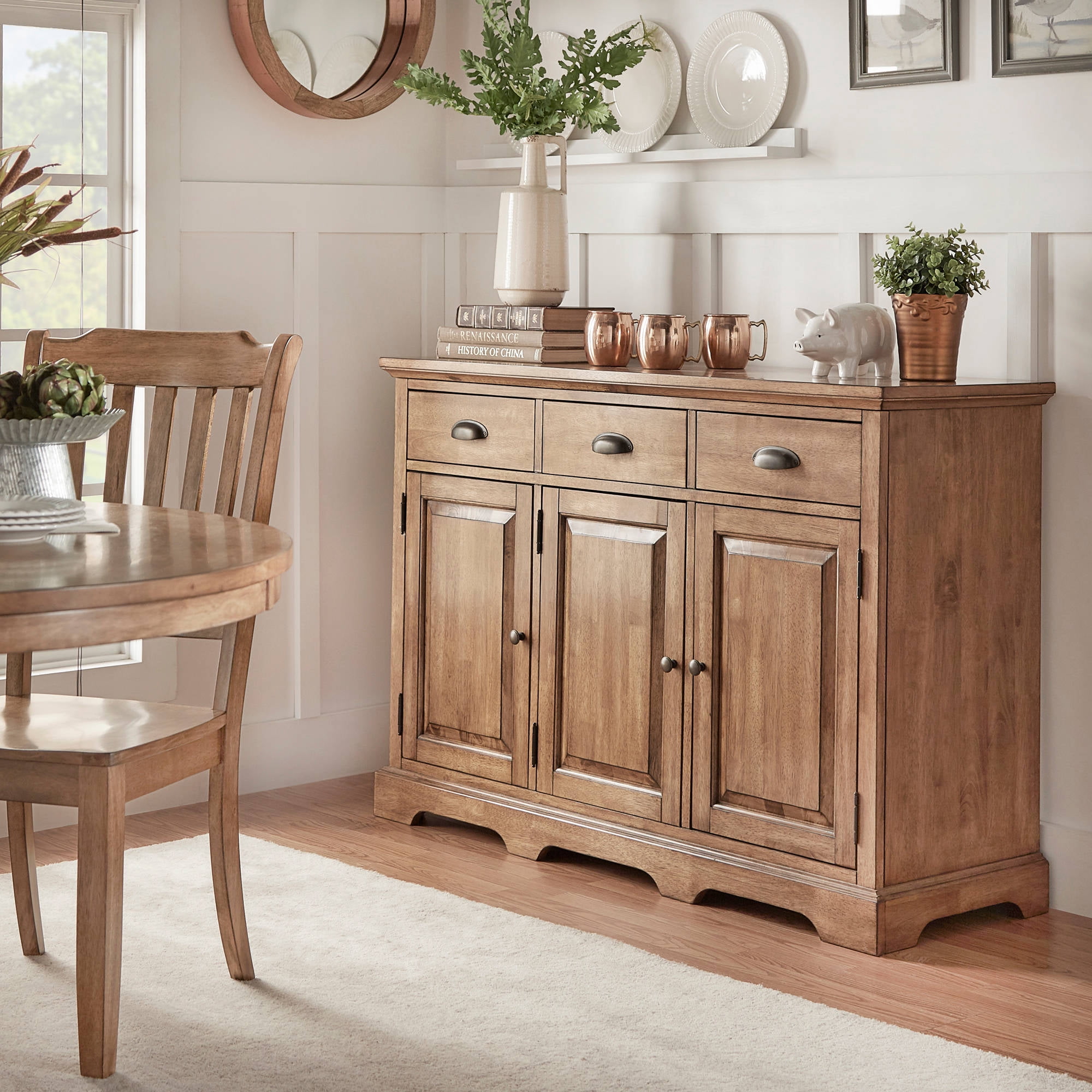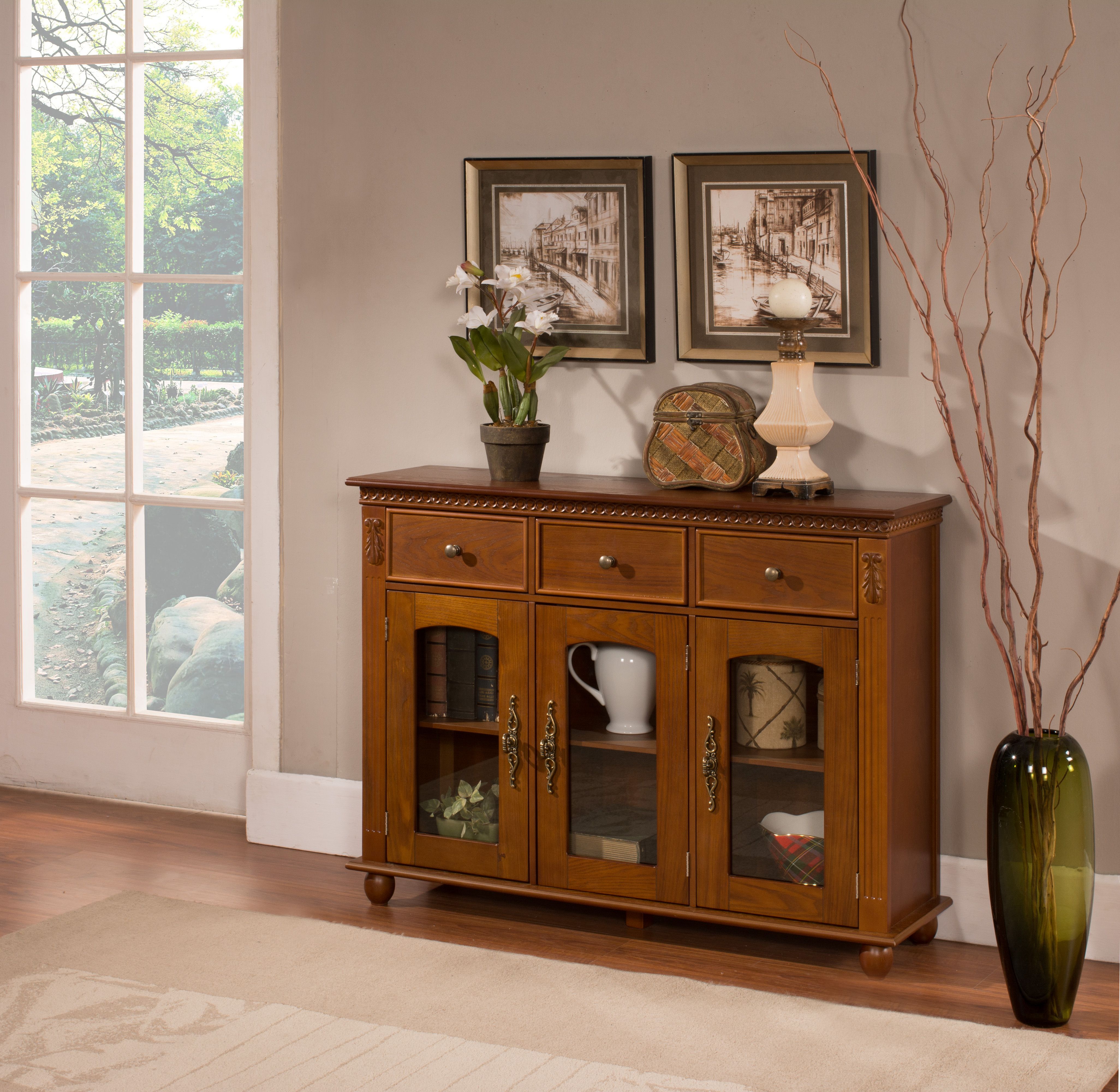Off-White Buffet Cabinets: Styles and Designs

Off-white buffet cabinets offer a versatile neutral backdrop that complements a wide array of interior design styles. Their subtle hue allows them to seamlessly integrate into various aesthetics, from the rustic charm of a farmhouse to the sleek minimalism of a modern space. The choice of style and design significantly impacts the overall feel of a room, influencing everything from the mood to the functionality of the piece. This exploration delves into the nuances of off-white buffet cabinet styles, highlighting their unique characteristics and suitability for different home environments.
Off-White Buffet Cabinet Styles
The versatility of off-white allows it to be incorporated into numerous cabinet styles, each with its own distinct personality. Consider these five popular examples:
- Shaker: Characterized by its simple, clean lines and flat-panel doors, Shaker style off-white buffet cabinets exude a sense of understated elegance. The materials typically include solid wood like maple or pine, often with a slightly distressed finish to enhance its rustic appeal. Hardware is usually simple and functional, often featuring brushed nickel or black knobs and pulls.
- Farmhouse: Farmhouse style off-white buffet cabinets embrace a more rustic and welcoming aesthetic. They often feature distressed paint finishes, slightly uneven surfaces, and visible wood grain. Materials commonly include reclaimed wood or wood with a painted finish. Hardware choices range from simple cup pulls to more decorative options, often in a dark metal finish to create contrast.
- Modern: Modern off-white buffet cabinets prioritize clean lines, minimalist designs, and sleek silhouettes. They typically feature smooth surfaces, often made from materials like lacquered wood or high-gloss MDF. Hardware is minimal, often integrated into the design or featuring sleek, minimalist pulls in brushed metal finishes.
- Victorian: Victorian off-white buffet cabinets showcase intricate detailing, ornate carvings, and often feature a more elaborate design. Materials can range from solid wood to wood veneers, with a focus on rich detail. Hardware is often substantial and decorative, featuring elaborate pulls, knobs, and even decorative feet.
- Mid-Century Modern: Mid-century modern off-white buffet cabinets blend clean lines with subtle curves and tapered legs. They often feature a simple yet elegant design, using materials such as solid wood or veneer with a focus on functionality and clean aesthetics. Hardware is typically understated, with simple pulls or knobs in brushed brass or chrome finishes.
Off-White Buffet Cabinets in Different Interior Design Styles
The subtle versatility of off-white makes it adaptable to a range of interior design aesthetics. In minimalist interiors, an off-white buffet cabinet provides a clean, uncluttered look, its neutral tone complementing the simplicity of the space. Bohemian settings benefit from the warmth of off-white, allowing it to serve as a neutral anchor against the vibrant colours and textures of the surrounding décor. In traditional interiors, an off-white buffet cabinet adds a touch of classic elegance, blending seamlessly with more ornate furniture and décor.
Comparison of Off-White Buffet Cabinet Styles
The following table compares three popular off-white buffet cabinet styles:
| Style | Key Features | Price Range | Suitable Room Placement |
|---|---|---|---|
| Shaker | Simple lines, flat-panel doors, solid wood construction | $500 – $2000 | Dining room, kitchen, entryway |
| Farmhouse | Distressed finish, visible wood grain, rustic hardware | $600 – $2500 | Kitchen, dining room, mudroom |
| Modern | Clean lines, sleek surfaces, minimalist hardware | $700 – $3000 | Dining room, living room, entryway |
Finding and Purchasing Off-White Buffet Cabinets

Acquiring the perfect off-white buffet cabinet involves careful planning and consideration of various factors. From defining your budget and desired aesthetic to navigating different purchasing avenues, the process requires a strategic approach to ensure you find a piece that complements your home and lifestyle. This section provides a step-by-step guide to help you navigate this exciting journey.
Budgetary Considerations and Style Preferences
Before embarking on your search, establish a clear budget. Off-white buffet cabinets range widely in price, depending on materials, craftsmanship, and brand. Knowing your spending limit will help you focus your search and avoid impulsive purchases. Simultaneously, define your preferred style. Do you envision a sleek, minimalist design, a rustic farmhouse aesthetic, or perhaps a more ornate, traditional piece? Visualizing your ideal cabinet will significantly narrow down your options. Consider the existing décor in your dining room or living space to ensure stylistic cohesion. For example, a modern off-white buffet with clean lines would suit a contemporary space, while a more ornate, antique-style cabinet might be better suited to a traditional setting.
Locating Off-White Buffet Cabinets: A Multi-Source Approach
Several avenues exist for finding your dream off-white buffet cabinet. Each offers unique advantages and disadvantages.
Online Retailers
Online retailers offer unparalleled convenience and a vast selection. Websites like Wayfair, Overstock, and Amazon showcase a wide range of styles and prices. However, the inability to physically inspect the cabinet before purchase is a drawback. Carefully examine product images and descriptions, and read customer reviews to gauge quality and durability. Furthermore, consider shipping costs and potential assembly requirements. For example, a large, heavy cabinet might incur significant shipping fees, and self-assembly can be time-consuming and challenging.
Antique Stores and Consignment Shops, Off white buffet cabinet
Antique stores and consignment shops offer unique, often one-of-a-kind pieces with character and history. You might discover a beautifully crafted vintage cabinet at a fraction of the cost of a new one. However, these cabinets may require restoration or repair, and their condition needs careful assessment. It’s advisable to have a professional inspect any antique furniture before purchase to identify potential issues. For example, woodworm damage or structural instability could lead to costly repairs later on.
Furniture Showrooms
Furniture showrooms provide a hands-on experience. You can examine the cabinet’s materials, craftsmanship, and finish firsthand. Sales staff can answer questions and provide information about the piece’s construction and care. However, showrooms typically carry higher-priced items than online retailers or antique stores. Also, the selection might be more limited than what’s available online. For instance, a showroom might only stock a few off-white buffet cabinets from a particular manufacturer, whereas an online retailer might offer hundreds of options from various brands.
Pre-Purchase Checklist: Ensuring a Wise Investment
Before finalizing your purchase, use this checklist to ensure you’re making an informed decision.
Essential Considerations Before Purchase
- Dimensions: Carefully measure the available space in your home to ensure the cabinet fits comfortably. Consider not only the cabinet’s width and height but also its depth to avoid overcrowding the room.
- Material Quality: Inspect the cabinet’s construction. Solid wood is generally more durable and valuable than particleboard or MDF. Check for any imperfections, such as scratches, dents, or loose joints.
- Functionality: Consider the cabinet’s storage capacity and features. Does it have enough drawers and shelves to meet your needs? Are the doors and drawers easy to open and close? Does it have features like adjustable shelves or soft-close hinges?
- Finish and Color: Ensure the off-white shade complements your existing décor. Check for evenness of color and the quality of the finish. A high-quality finish will be smooth and resistant to scratches and stains.
- Warranty and Return Policy: Understand the retailer’s warranty and return policy in case of damage or defects. A reputable retailer will offer a reasonable warranty and a hassle-free return process.
Styling and Utilizing an Off-White Buffet Cabinet: Off White Buffet Cabinet

The off-white buffet cabinet, a versatile piece of furniture, transcends mere storage. Its subtle hue acts as a blank canvas, inviting creativity in both styling and organization. Whether gracing a dining room or adding a touch of elegance to a living room, this piece offers ample opportunity to showcase personal style and enhance the overall aesthetic of your space. The key lies in understanding its potential and harnessing its functionality to its fullest.
Styling an Off-White Buffet Cabinet
The off-white finish provides a neutral backdrop that complements a wide range of décor styles. Consider the overall style of your room when selecting accessories and placement. A minimalist aesthetic could be enhanced with a few carefully chosen ceramic vases and a sleek, low-profile lamp. A more traditional setting might benefit from ornate silver picture frames displaying family portraits, alongside a collection of antique books. For a touch of bohemian flair, incorporate woven baskets, textured throws, and vibrant potted plants. Placement is crucial; positioning the buffet against a contrasting wall color can make it stand out, while placing it strategically between two windows could highlight its form and natural light interaction. A large mirror placed above the buffet can visually expand a small space, reflecting light and adding depth.
Organizing and Utilizing Buffet Cabinet Storage
Efficient storage is key to maximizing the functionality of your off-white buffet. The internal layout varies depending on the model, but generally involves shelves and drawers. Consider using drawer dividers to separate silverware, napkins, and other dining essentials. Clear containers are ideal for storing pantry staples, allowing you to easily see what you have and avoid unnecessary purchases. For shelves, use stackable baskets or trays to create vertical space and prevent items from toppling over. Consider the weight and fragility of stored items when arranging shelves. Heavier items should be placed on lower shelves for stability. If you’re using the buffet in a living room, the upper shelves might be dedicated to displaying decorative items, while the lower shelves could store board games, books, or media equipment. The drawers could hold remotes, chargers, and other frequently used items.
Reimagined: Off-White Buffet Cabinets
Forget the sterile descriptions and robotic pronouncements. Let’s talk about the *soul* of the off-white buffet cabinet. Imagine this: a sun-drenched kitchen, the aroma of freshly baked bread filling the air. There, against the pale yellow wall, sits the buffet, its off-white finish a gentle whisper against the vibrant backdrop. Its drawers, softly gliding open, reveal a carefully curated collection of family heirlooms – a chipped teacup, a worn cookbook passed down through generations, each item a silent storyteller. The top gleams with a simple, elegant arrangement of fresh flowers, their colors a bold counterpoint to the understated elegance of the cabinet itself. This isn’t just furniture; it’s a repository of memories, a testament to the beauty of lived-in spaces, a quiet anchor in the ever-shifting currents of daily life. In the dining room, it becomes a centerpiece, its surface showcasing a meticulously arranged display of artisan ceramics, the subtle off-white hue allowing the vibrant colours to sing. Each piece, carefully chosen, reflects a unique personality and adds to the overall narrative of the room. It’s more than storage; it’s a stage for the story of your life.
